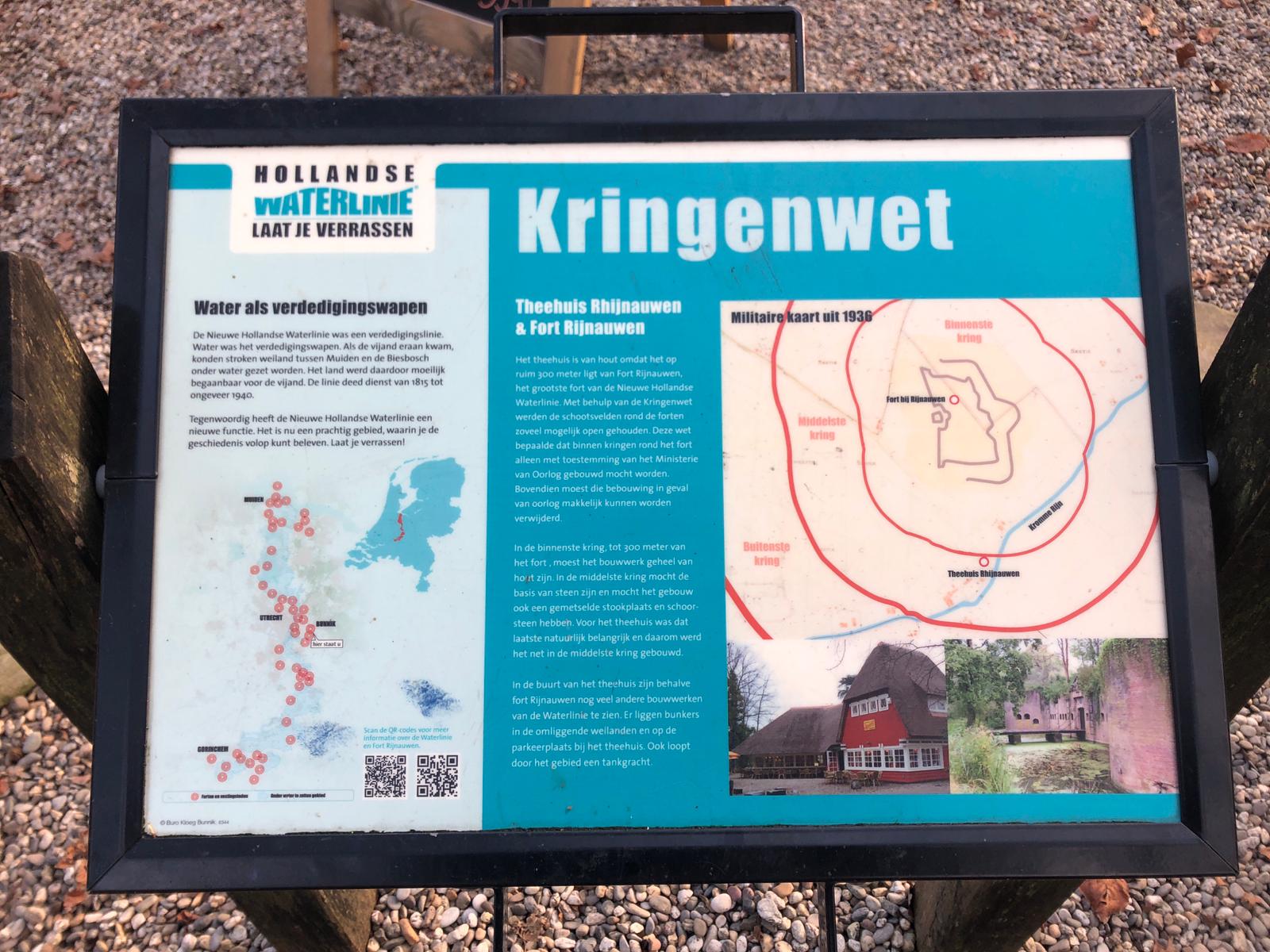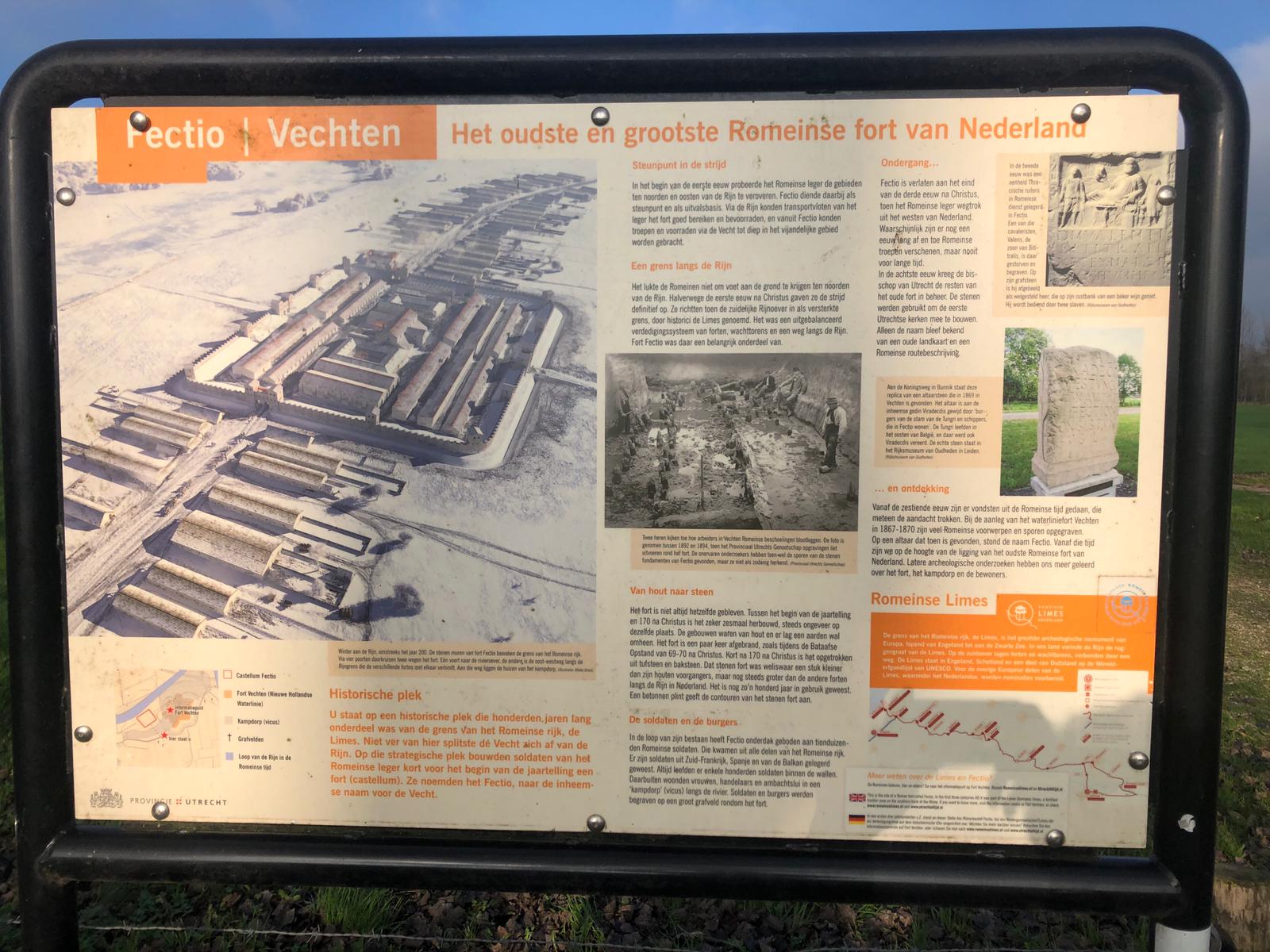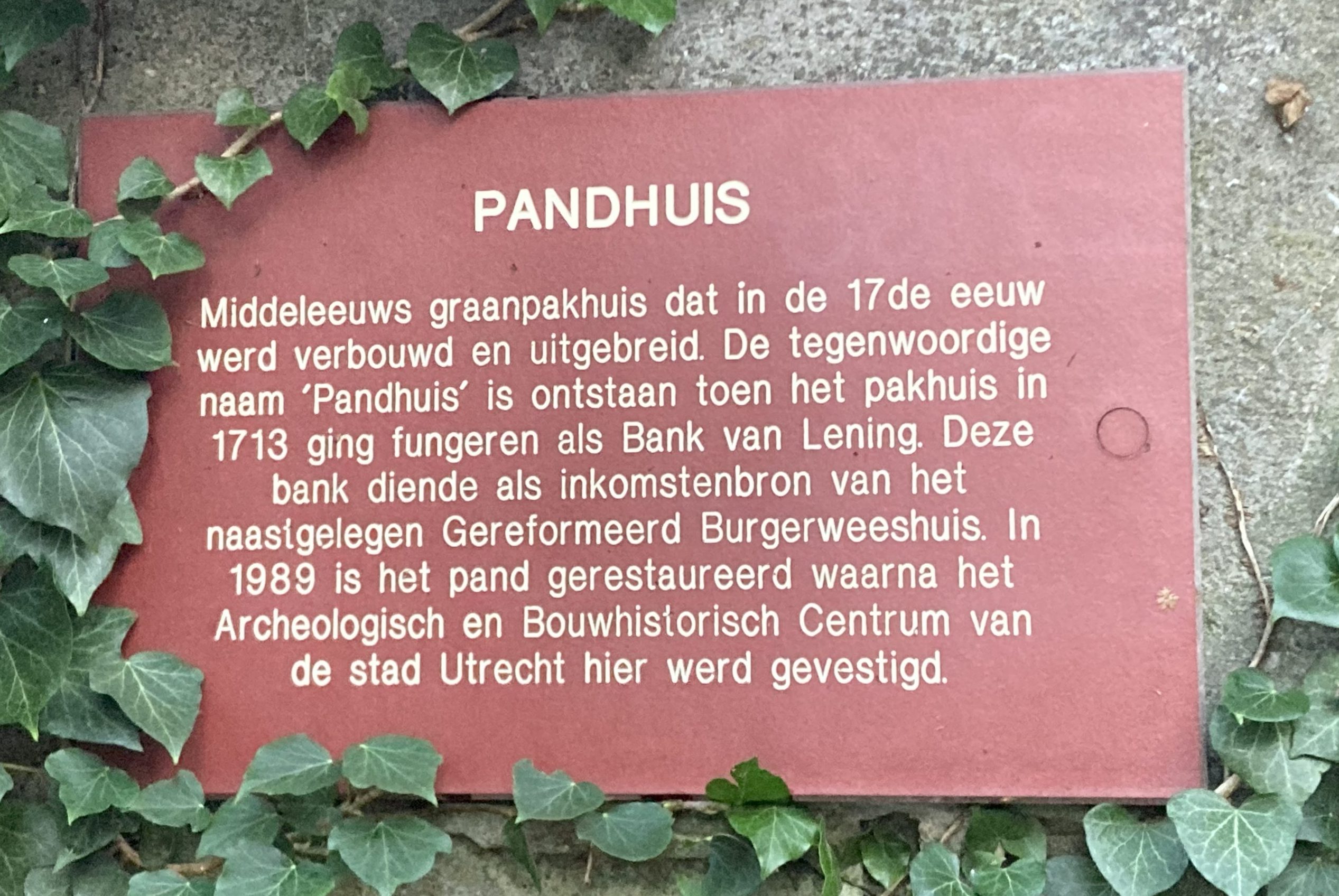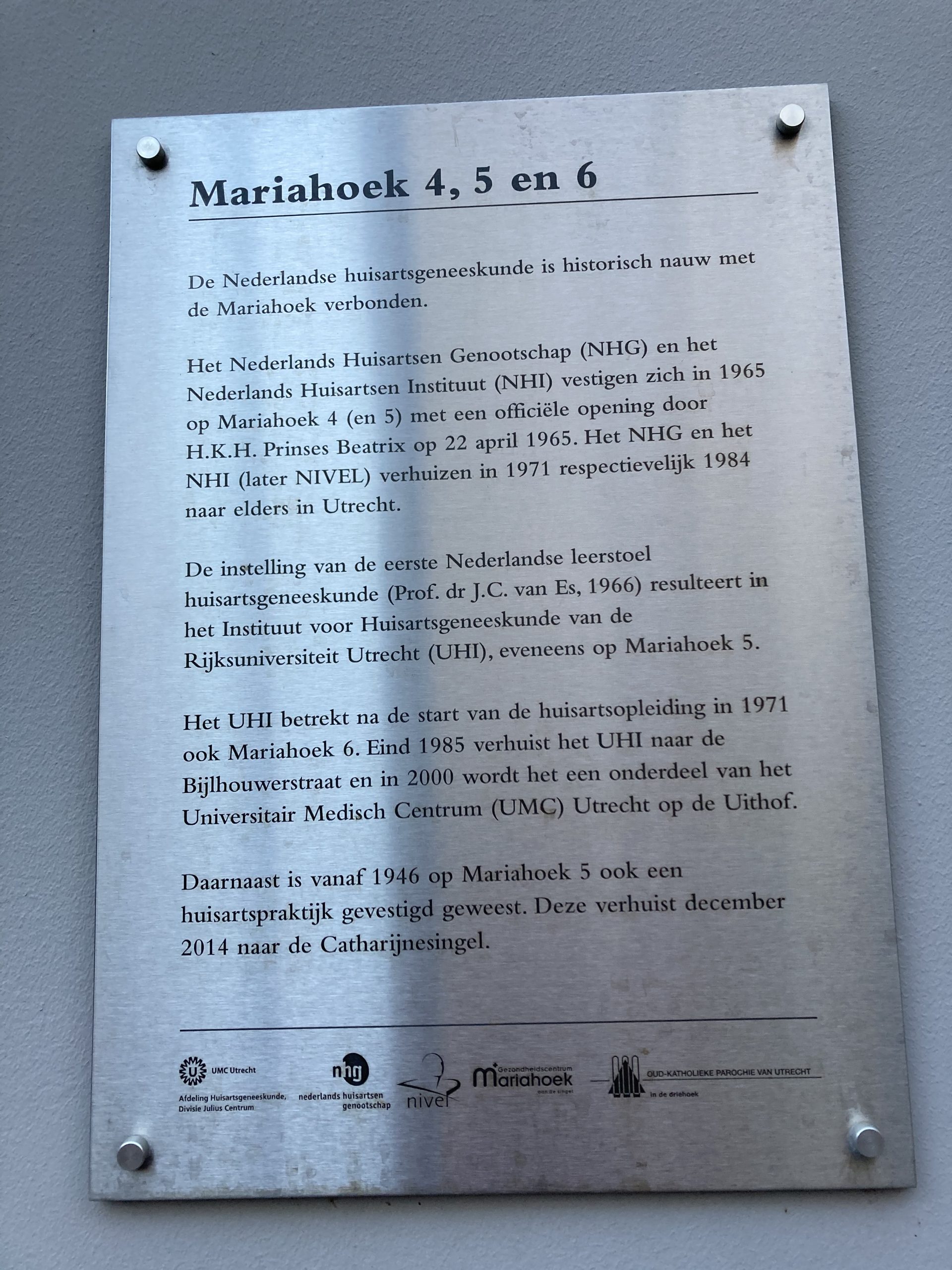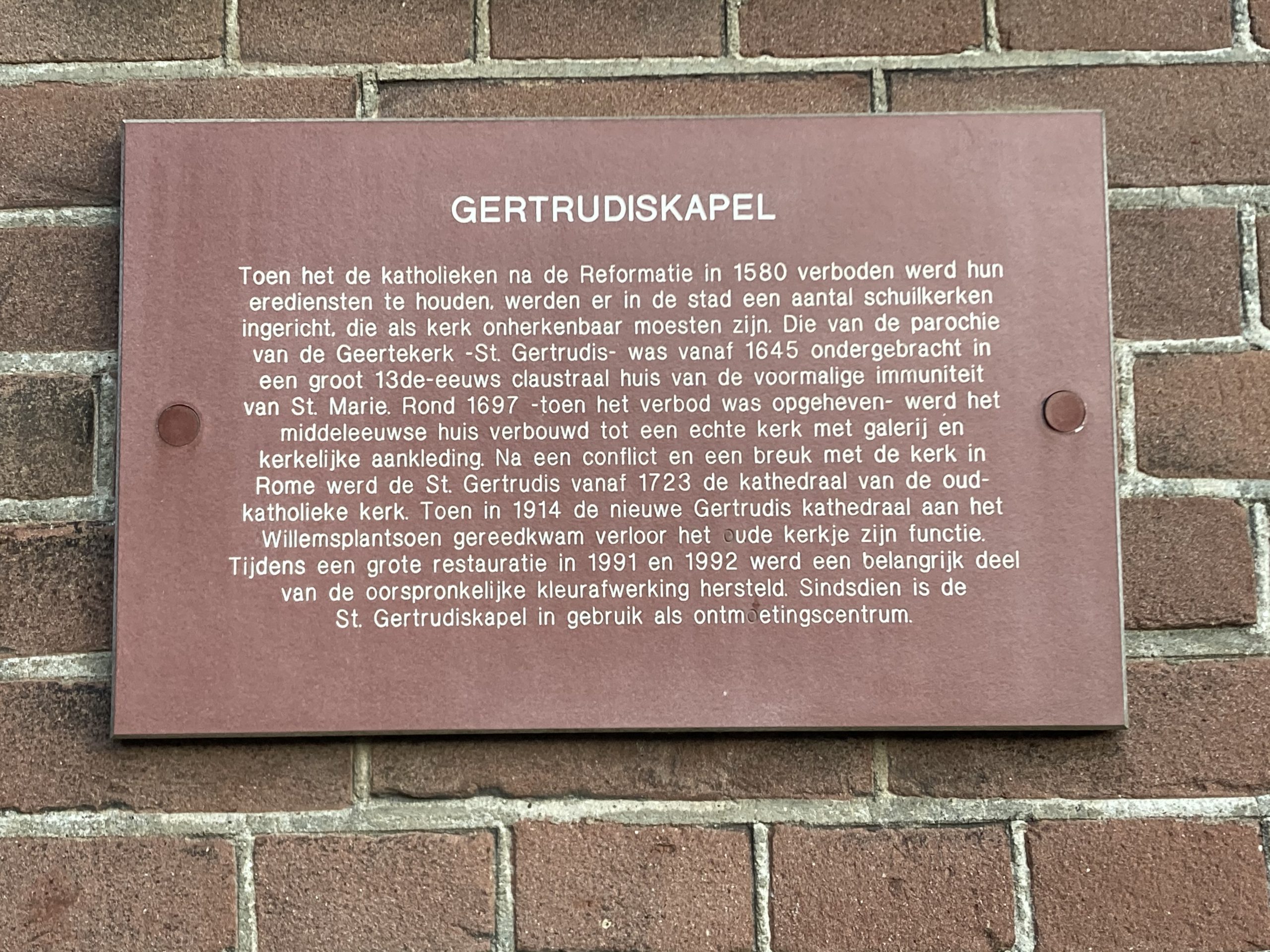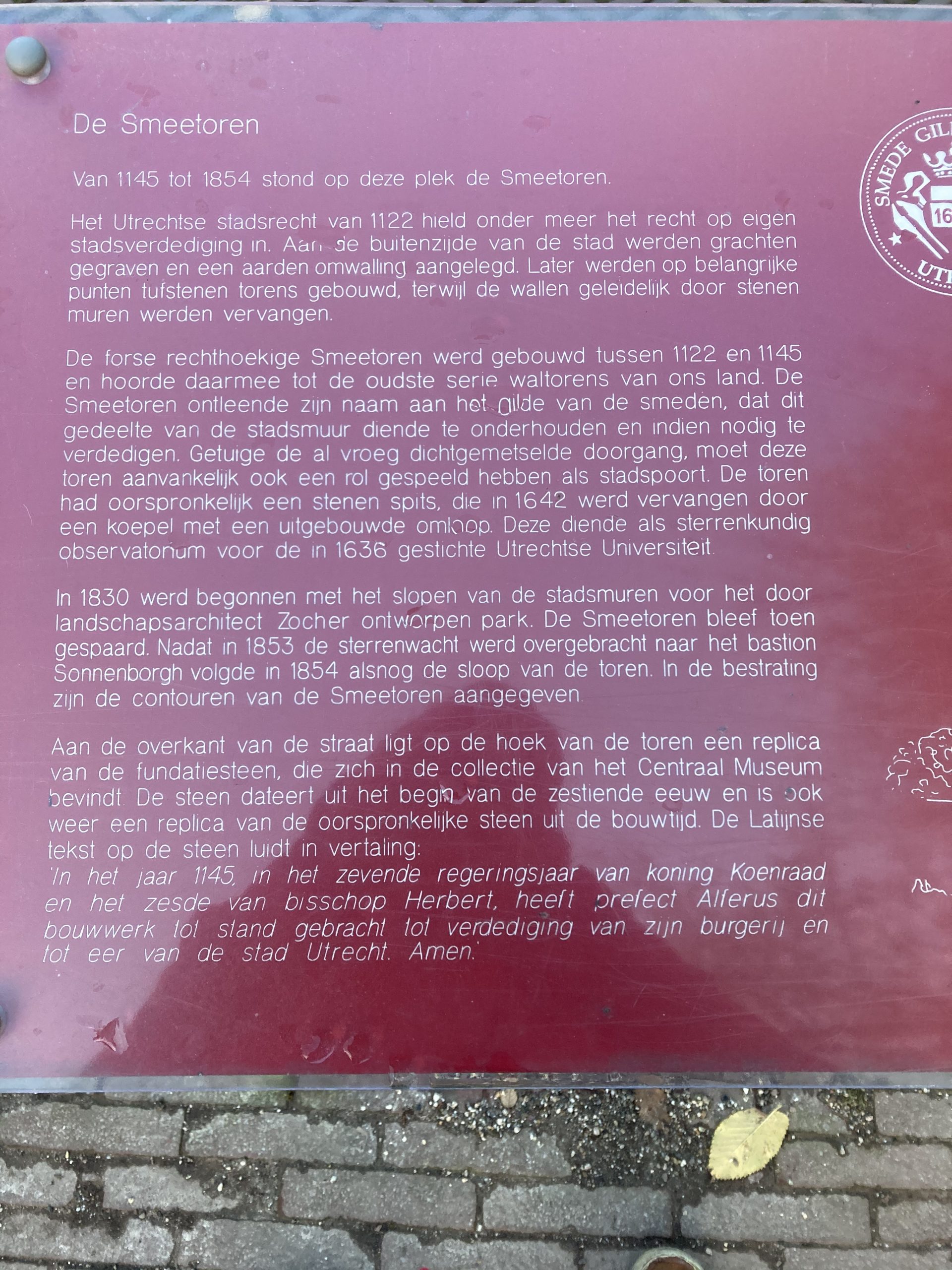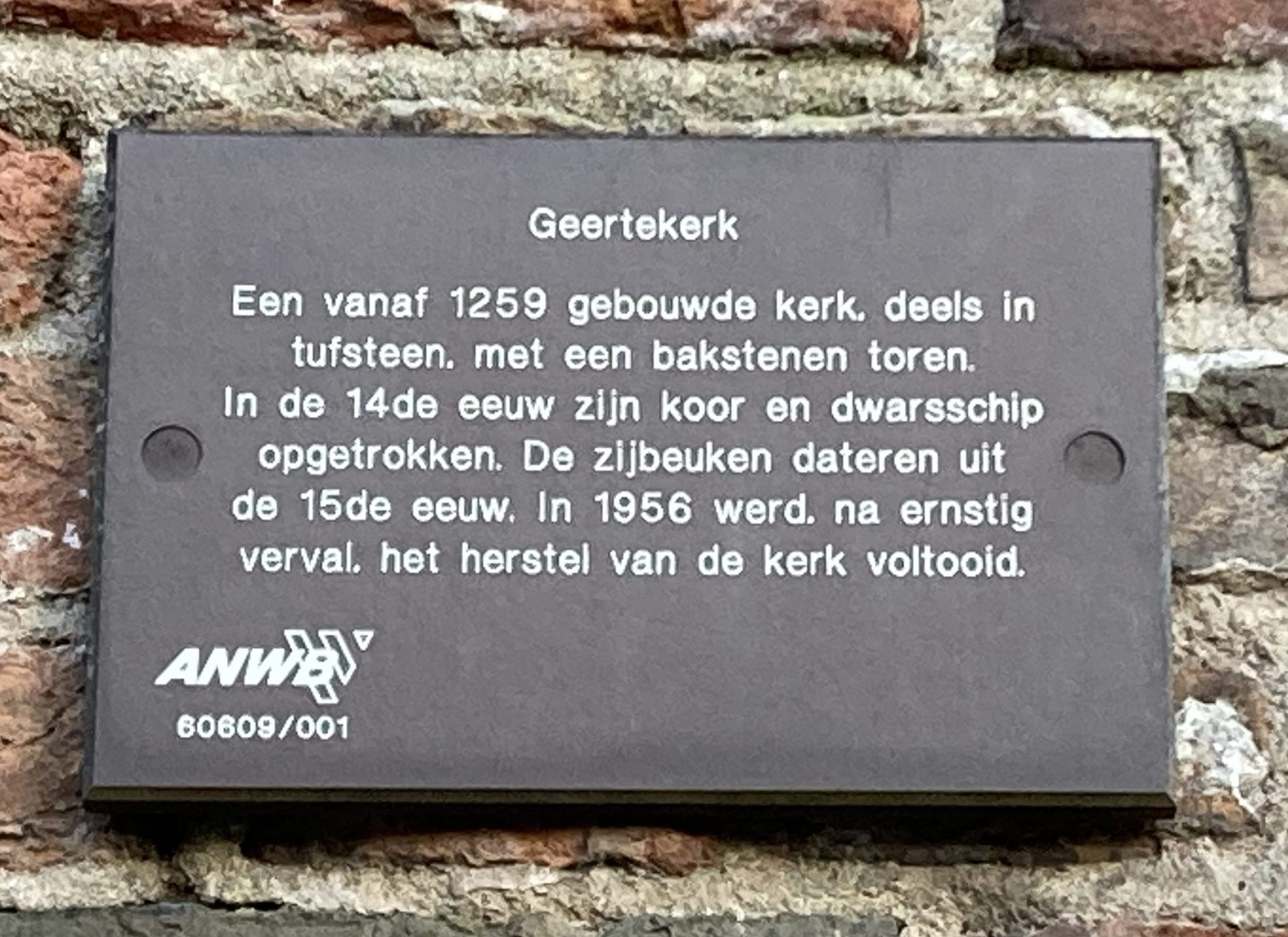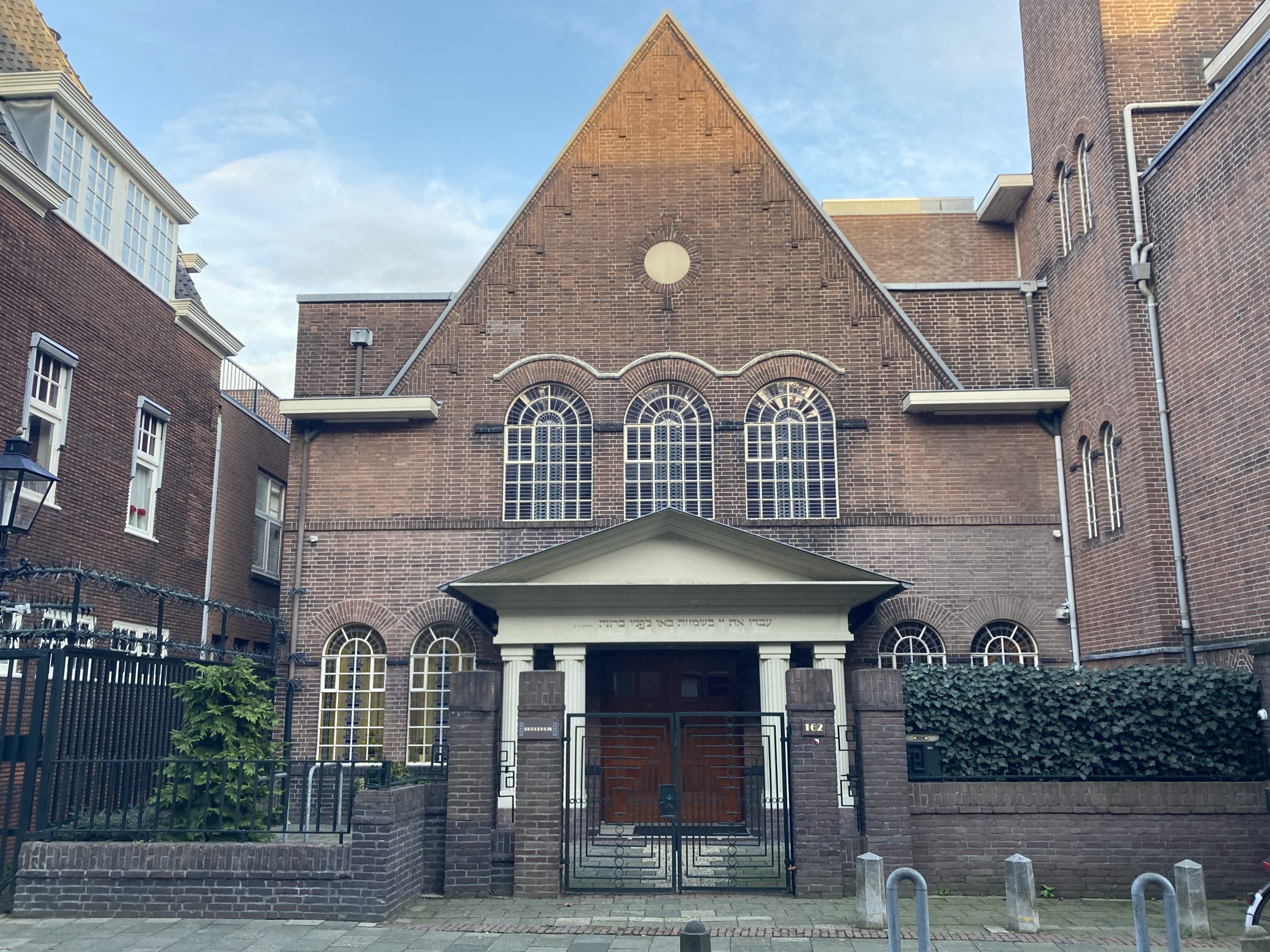Law of Circles
Water as a defense weapon The New Dutch Waterline was a defense line. Its water was the weapon of defense. If the enemy approached, strips of pasture between Muiden and the Biesbosch could be flooded. This made the country difficult for the enemy to pass. The line served from 1815 to about 1940. Nowadays the […]

